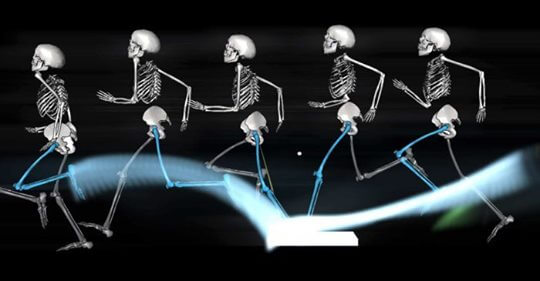Are you running WRONG?

What’s the difference between “good running” and “bad running”?
Those of us who promote natural movement and barefoot running have some thoughts about that.
Typically, we talk about:
- Landing with your foot “under your body” (don’t reach out in front of your body with your foot — “overstriding”)
- Increase your cadence a bit (there’s no magic number, like 180 steps per minute, but increasing your foot speed without increasing your running speed makes overstriding more difficult)
- Land on your forefoot or midfoot (it’s hard NOT to land that way if you don’t overstride, and don’t point your toes to make this happen. BTW, some research suggests forefoot is better because it lets you use the “spring” in your foot’s arch)
- Keep your core engaged (you want to be a “tight spring”)
But what does SCIENCE say?
Well, take a look at this super-cool presentation by David Mark, showing some running analysis by biomechanist Dr. Aaron Beach
https://www.abc.net.au/news/2019-12-11/why-everything-you-thought-about-running-is-wrong/11775598
They use some great visualizations to compare Olympian Jenny Blundell to recreational runner, Ruby Cornish.
The only thing different in Beach’s analysis and recommendations from what I show above, is that he doesn’t suggest trying forefoot landings. But my bet is that if Jenny was a forefoot landing runner he’d comment on the value of doing so.
One other subtle thing is that he recommends that Ruby have more hip extension (or what some would call “backside mechanics”). This isn’t something to work on, but simply the effect of having a stride where your foot lands under — or close to — your center of mass, with the correct cadence.
It why we say that good runners “run out of the back.”
I think you’ll love the visualizations. Let me know what you think.



